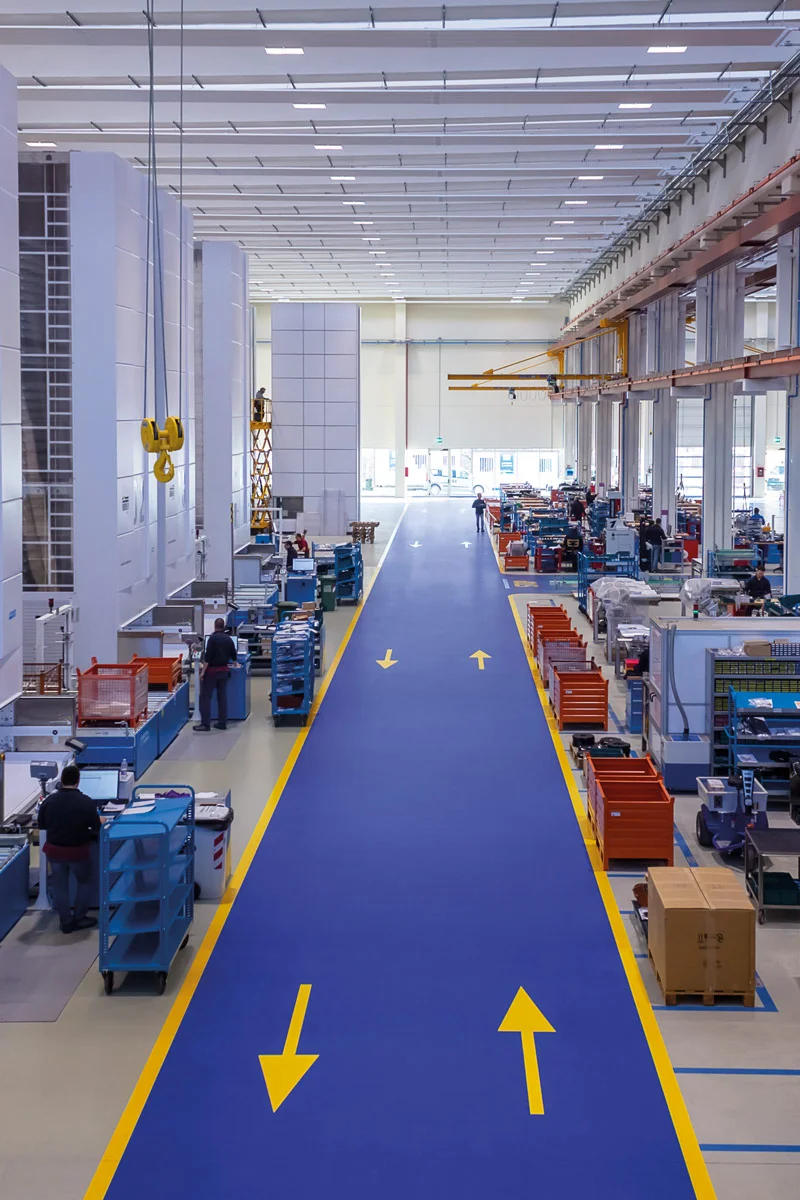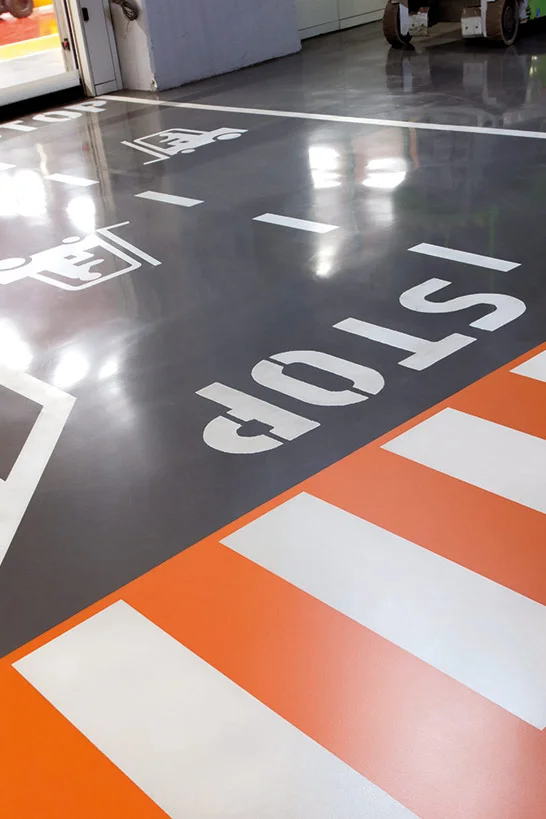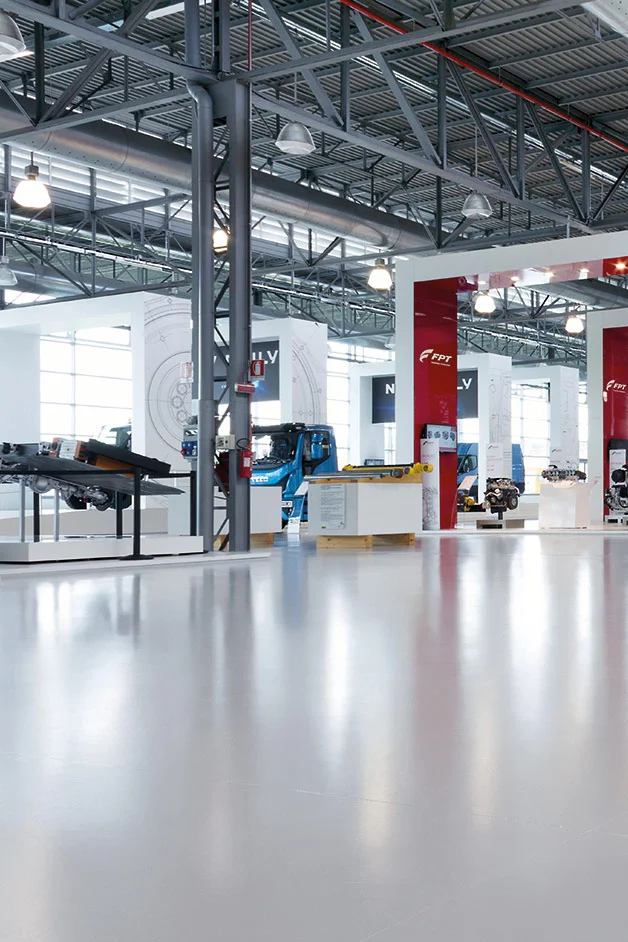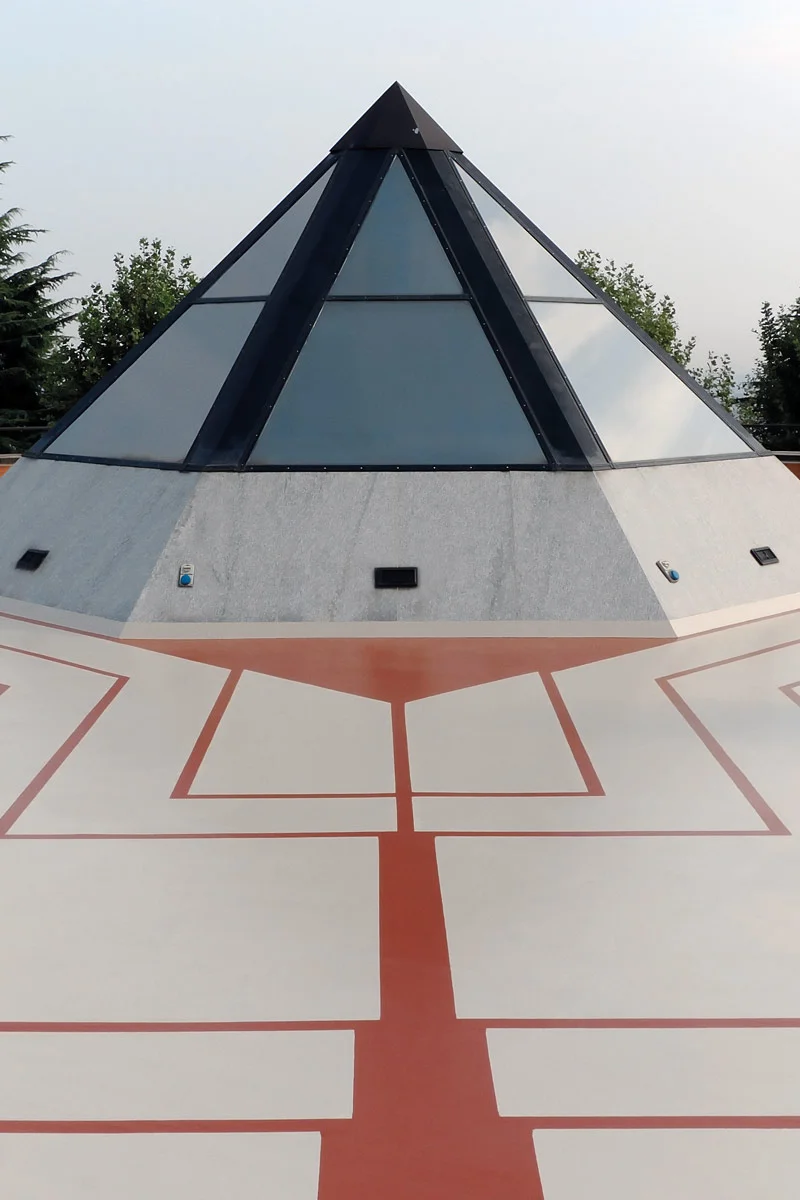E’ un materiale viscoso, capace di indurirsi a freddo o a caldo. Si tratta in genere di un’ampia classe di differenti e complessi polimeri, che si possono ottenere con una grande varietà di metodi e materie prime. La resina è un legante sintetico usato per pavimenti, rivestimenti, consolidamenti di strutture, costruzione di componenti di arredo, ecc.
Praticamente ogni settore della produzione utilizza resine di origine sintetica, dalla meccanica al settore ospedaliero, passando per il settore alimentare, fino a quello edile.
La materia prima viene prodotta presso grandi fabbriche chimiche. Tale materiale non è utilizzabile direttamente in opera perché non garantisce le minime resistenze fisiche e chimiche richieste. Le materie prime devono essere riformulate ed additivate per raggiungere le prestazioni tecnico/estetiche che il Cliente richiede. La formulazione e la produzione di questi prodotti, nonché i test e le relative certificazioni, sono opera dei cosiddetti ‘formulatori’, aziende chimiche specializzate nella produzione di "formulati in resina".
Scoprilo nel nostro approfondimento!
No, in quanto la valutazione corretta del supporto esistente, la progettazione idonea del sistema resinoso e la corretta applicazione del ciclo richiedono personale professionalmente preparato, in grado di avere strumenti professionali e competenze specifiche capaci di ridurre al minimo le problematiche che possono insorgere in ogni situazione di cantiere. Applicatori inesperti non sono in grado di gestire tutte le variabili progettuali ed ambientali presenti in cantiere, producendo rivestimenti con difetti e/o imperfezioni.
Hai ancora domande?
Per qualsiasi domanda o curiosità sulla nostra azienda, sui nostri prodotti o sul nostro modo di lavorare, non esitare a contattarci.
Contattaci





